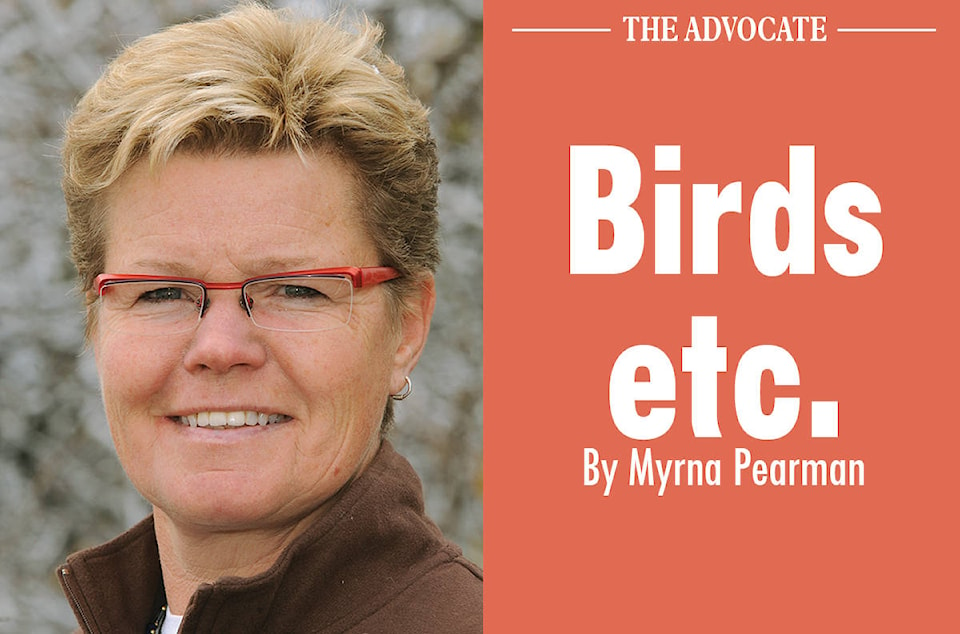Last summer, visitors at Ellis Bird Farm (EBF) were treated to some very special wildlife watching. Over the course of the season, hundreds of appreciative onlookers were given the delightful opportunity to observe and photograph a common but seldom seen little wild neighbour, the Southern Red-backed Vole.
There are several species of voles across the Prairie Provinces. They can be distinguished from mice by their small beady eyes, tiny ears and stubby tails. The Southern Red-backed is the easiest to identify as it has a reddish back. Voles are active day and night, and remain active throughout the winter in a subnivean world beneath the snow pack.
Ironically, the EBF voles became a popular attraction because of ants. A small patch of ground in our lower butterfly garden had been taken over by ants, and every attempt at dissuading them (we do not use insecticides) had failed. Our gardener decided to add visual interest by strategically placing a few large rocks and a sunflower seed feeder in the barren spot. Within hours, American Goldfinches and Pine Siskins were at the feeder. These birds are messy eaters, so seeds continually spilled to the ground as they dined. Within a few days, the voles appeared. The bare spots and large rocks meant that the voles had to emerge from their usual hiding spots in the dense vegetation to eat. While the voles remained wary and furtive, visitors who watched quietly were treated to wonderful views of them scampering over the rocks, dining on seeds and even quarreling amongst themselves. Most visitors had no idea that these mammals even existed, and all who spent the time watching them came away with a new appreciation for Alberta wildlife.
As time allowed over the summer, I would slip down to the butterfly garden with my camera. It was a joy to observe them and to see how delighted visitors were to learn about them. One day, when I stopped for a few minutes at one of our water gardens on the way back from getting a few photos of the butterfly garden gang, a little vole suddenly appeared at the water’s edge. It looked around nervously, reached down to the water for a hasty sip, then vanished back into the foliage. I felt honoured to have shared such a private moment with this little creature.
Red-backed Voles are not every gardener’s favourite creatures. It is true that they will create tunnels in lawns during the winter, eat garden plants and—during population explosions—girdle the tender trunks of trees and shrubs. But, like all small rodents, they play a crucial role in sustaining ecosystems. Hawks, owls, coyotes, foxes and other predators rely on healthy populations of these rodents to survive. And, as we learned at Ellis Bird Farm, they can add interest, biodiversity and wildlife watching opportunities to any yard. So, if you find yourself sharing your outdoor space with these wild neighbours, I hope you take the time to enjoy and appreciate them.
